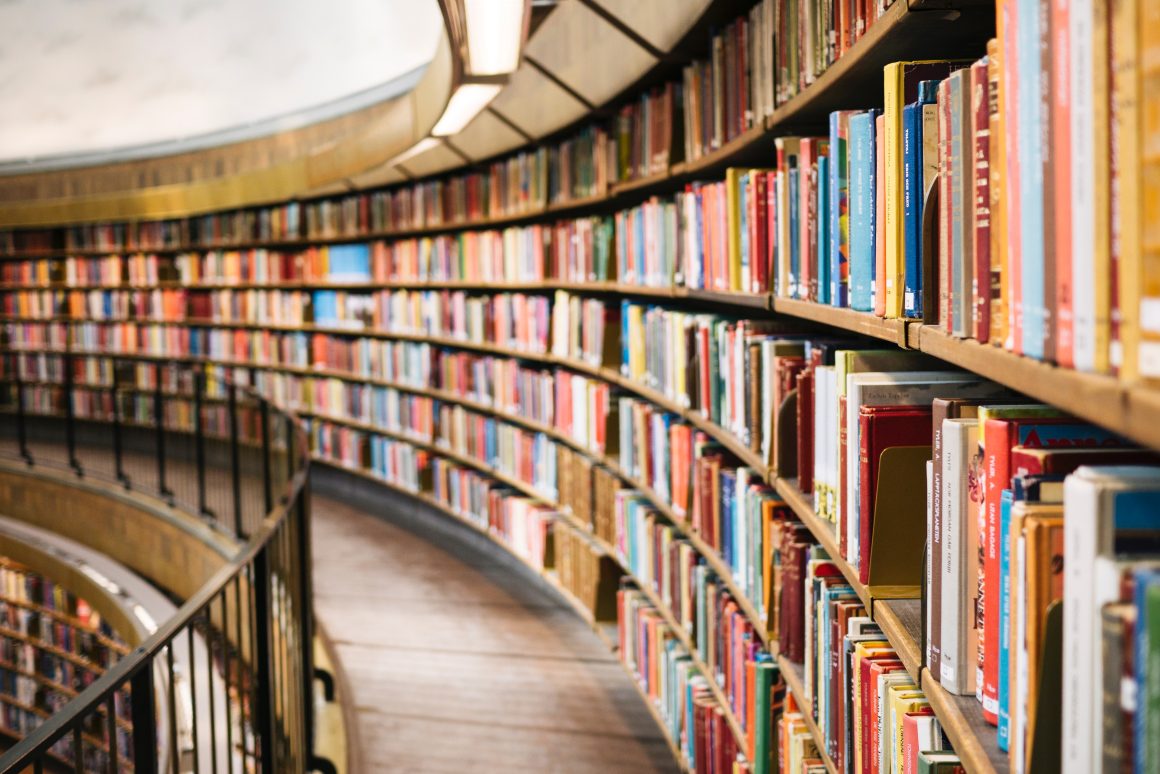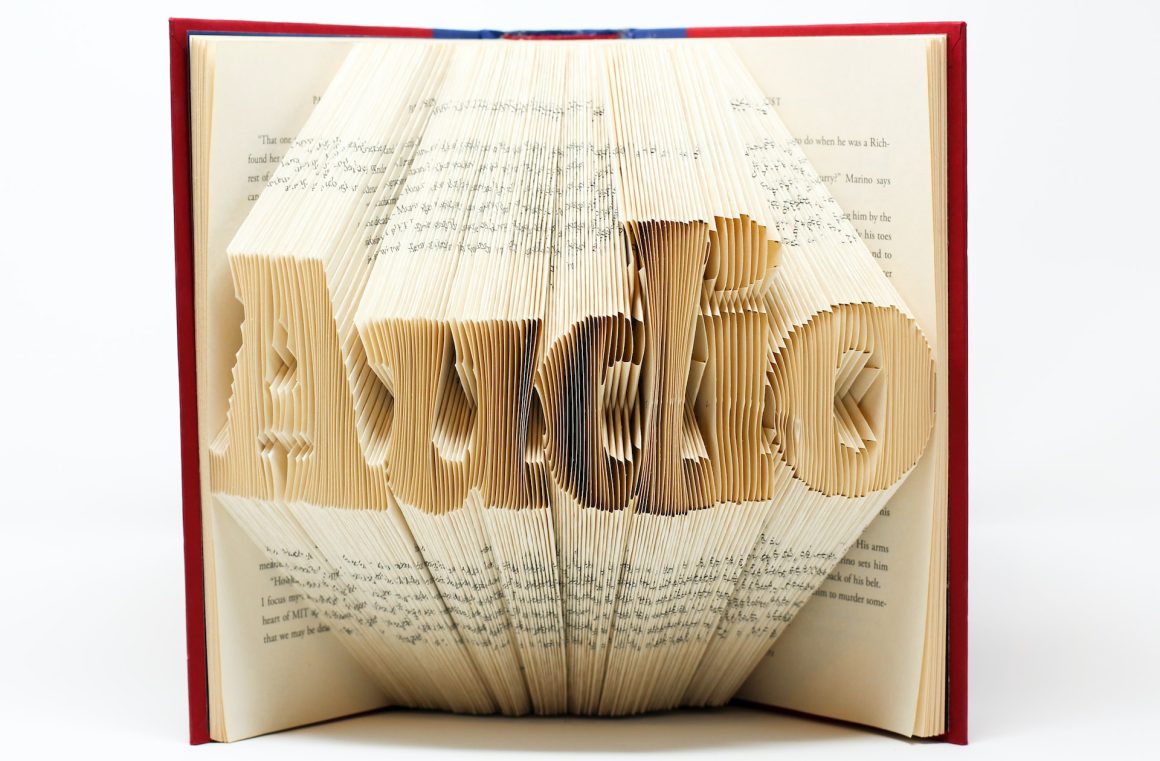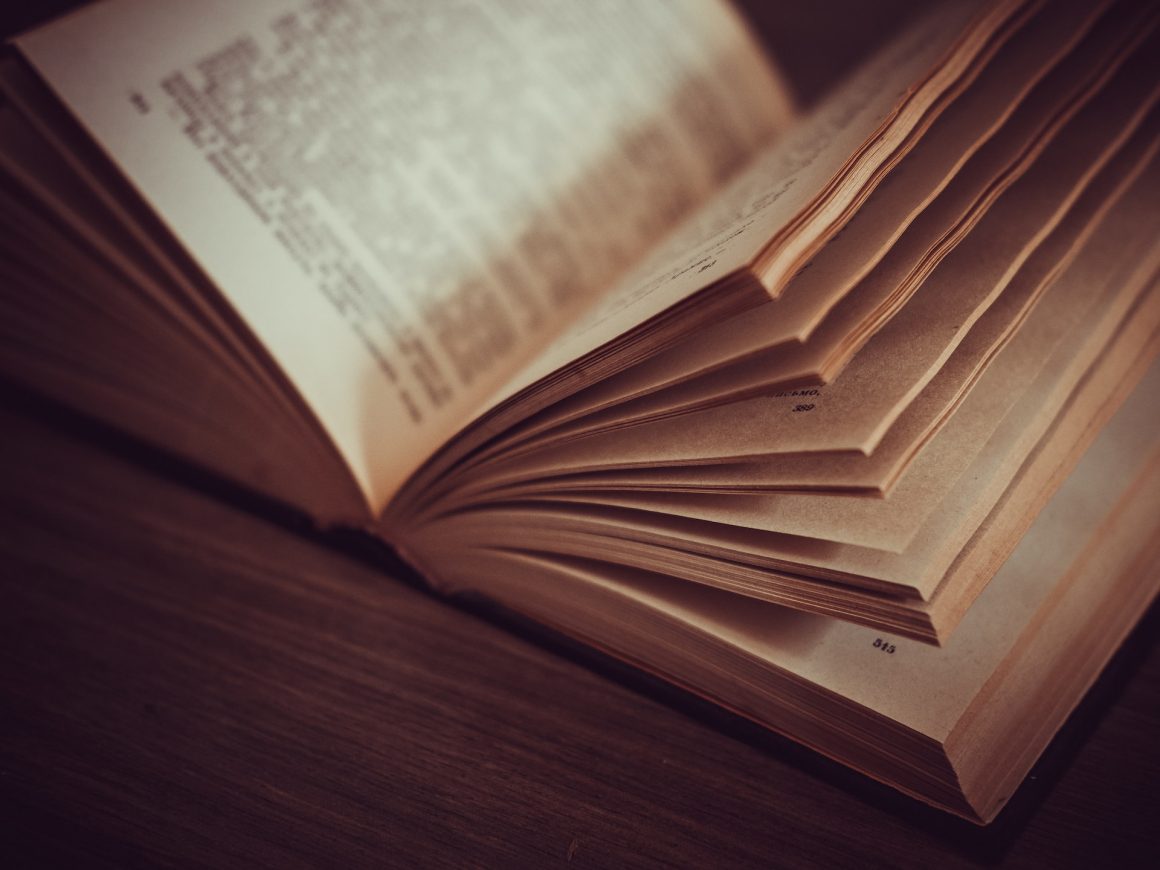By Emily Krug, Instructional Services Librarian
This article is the first in a two-part series on reading and books.
For almost a decade, I didn’t read for fun. Or rather, I didn’t finish many books. Yes, I, a librarian and former English major spent most of the decade between college and the early part of my career in a reading slump.
The irony of starting my career in librarianship in a decade-long reading slump is not lost on me, although I am obligated by professional duty to point out that not all librarians are readers, nor do we spend most of our working hours reading books. In fact, the infrequency with which I handle books in my day-to-day work might shock those among you who associate libraries primarily with books.

From roughly 2007 to 2017, I finished an average of about three books per year. For some years, I finished zero books. While three books a year is more than many people might read, it’s an astonishingly low number compared to the number of books I finish yearly. As of this writing, I have finished 68 books so far in 2022 (By the way, if you need a great app for tracking your reading, I can’t recommend StoryGraph highly enough!).
There are two main contributing factors to the small number of books I finished during that decade:
- I burned out with the required reading for college. The pressure of finishing books on time and then analyzing and being tested on those books took the joy out of reading.
- I had two babies during that decade. It hardly needs to be said that having a baby changes how your life is arranged, and sometimes your hobbies fall by the wayside.
You may wonder how the extreme change from reading zero books some years to reading more than 60 books a year now; however, the change was gradual, and took a conscious effort to build the habit of reading back into my life. Part of what drove the change for me is that I wanted to instill a love of reading in my children, and one of the best ways to do that is to model the behavior for them. I started with low reading goals: 15 books one year, 20 books the next, 35 books the year after that, and so on.
I had to take some measures to build time for reading into my life to meet those reading goals. I started by reading graphic novels. Graphic novels are a great way to reintroduce reading into your life because they offer visually interesting approaches to stories. There are graphic novels for all ages. They’ve also been shown to improve reading skills among children. Graphic novels are easy to finish quickly, so they’re a good pick if you’re short on time.
After jumpstarting my habits with graphic novels, I found my way back to prose fiction in print. I’m not an e-reader fan, but if that’s your preference, go for it. But then the pandemic hit, and I suddenly couldn’t go to the library to borrow physical books. Enter audiobooks.

I resisted audiobooks for a long time. I thought I would have trouble focusing on the book while doing other things, but I’ve found that listening to them is a bit like listening to a podcast. I mainly listen to nonfiction audiobooks, which I borrow using my local public library’s subscription to Libby.
Letting go of my format snobbery made a huge difference in my reading habits, but dealing with college burnout changed how I thought about reading. Perhaps the best way of explaining how I have come to think of reading is through Doris Lessing’s advice from The Golden Notebook:
“There is only one way to read, which is to browse in libraries and bookshops, picking up books that attract you, reading only those, dropping them when they bore you, skipping the parts that drag-and never, never reading anything because you feel you ought, or because it is part of a trend or a movement.”
Since 2017, I have adopted Lessing’s advice as my approach to what I choose to read. Before consciously trying to change my reading habits, I felt like I needed to finish every book I started. If this is something you feel compelled to do, let me be the first to tell you: YOU DO NOT NEED TO FINISH THAT BOOK. Put it down if it’s not the right book for you right now. Walk away. Return it to the library. It will still be there when/if you decide to pick it back up again.
Another assumption I made about reading in that decade was that I had to read only “important” books. You know the type: books that would make your English faculty proud to hear you’ve finished them (I mean no shade toward English faculty). Books with something to SAY about the world. Books with deep meanings and allegories and 🌟symbolism🌟!

There is a time and a place for reading books that fall into this category, and I do still pick up books that qualify as “important” pieces of literature. But it’s no longer my primary criterion for what I read. I read what looks interesting to me, usually, fiction, although occasionally nonfiction. I also heavily emphasized reading books by women, BIPOC authors, and LGBTQ+ authors. As for specific books that I recommend, that’s a discussion for part two of this series.
